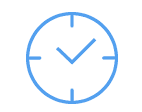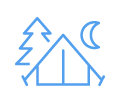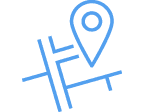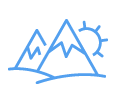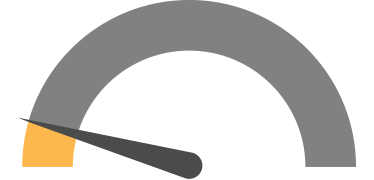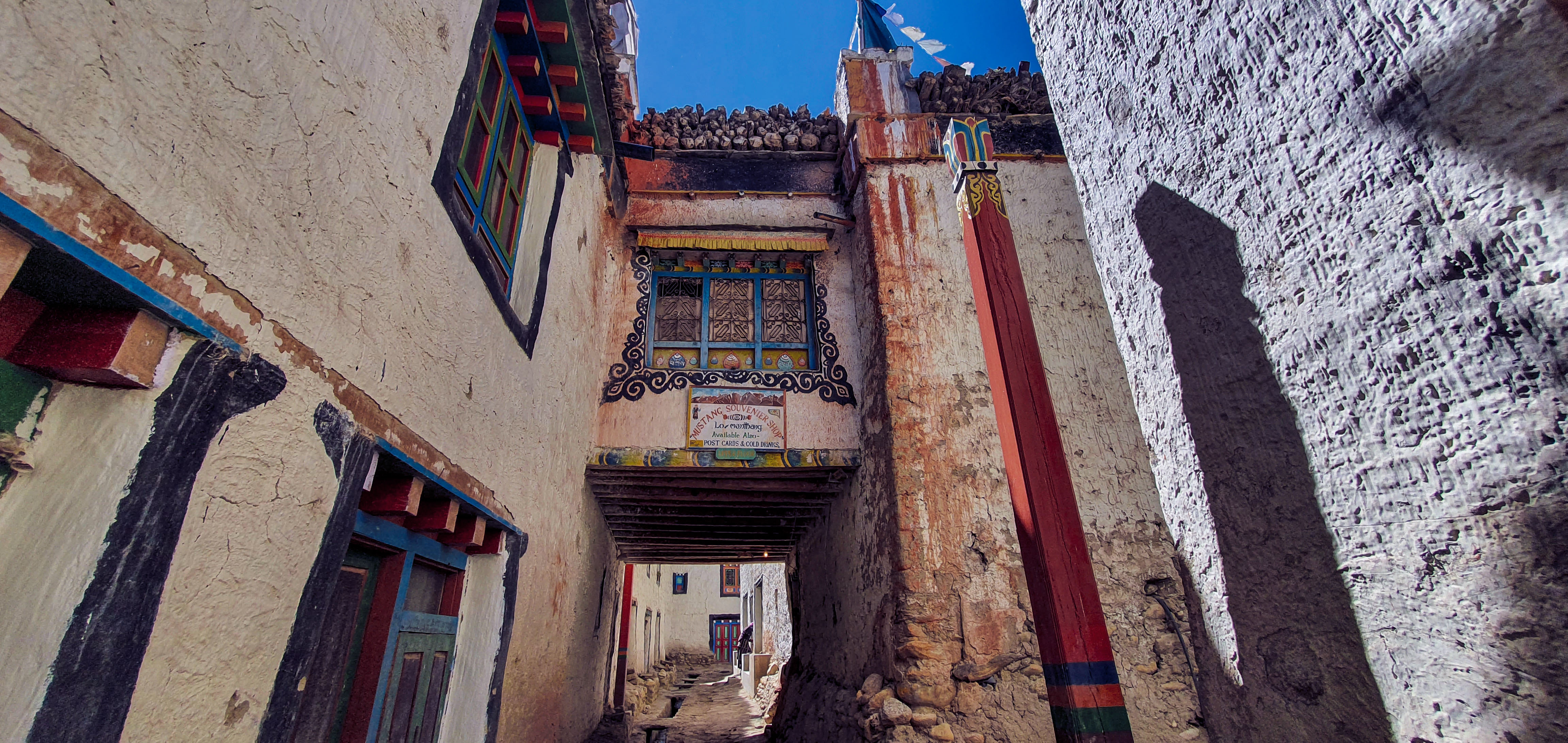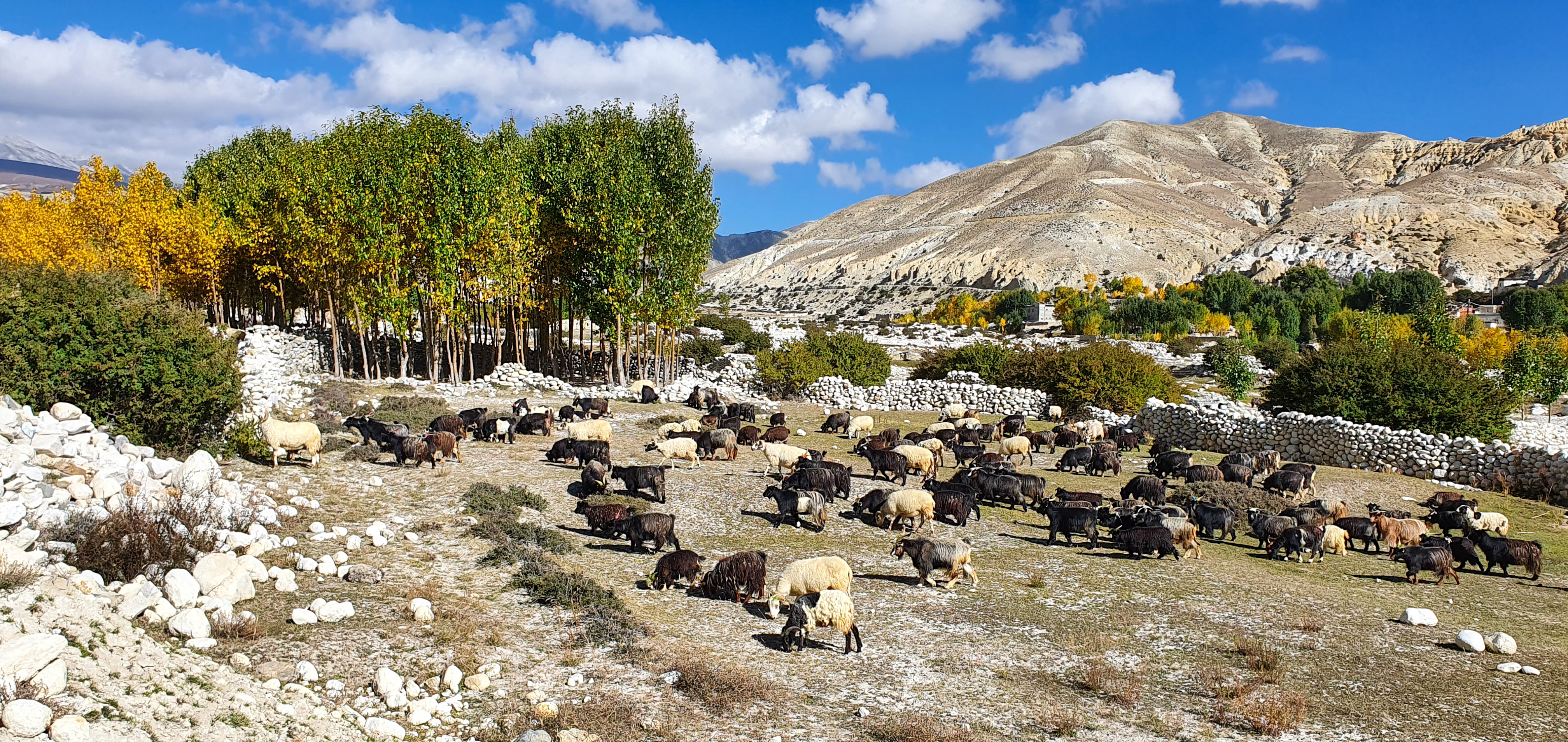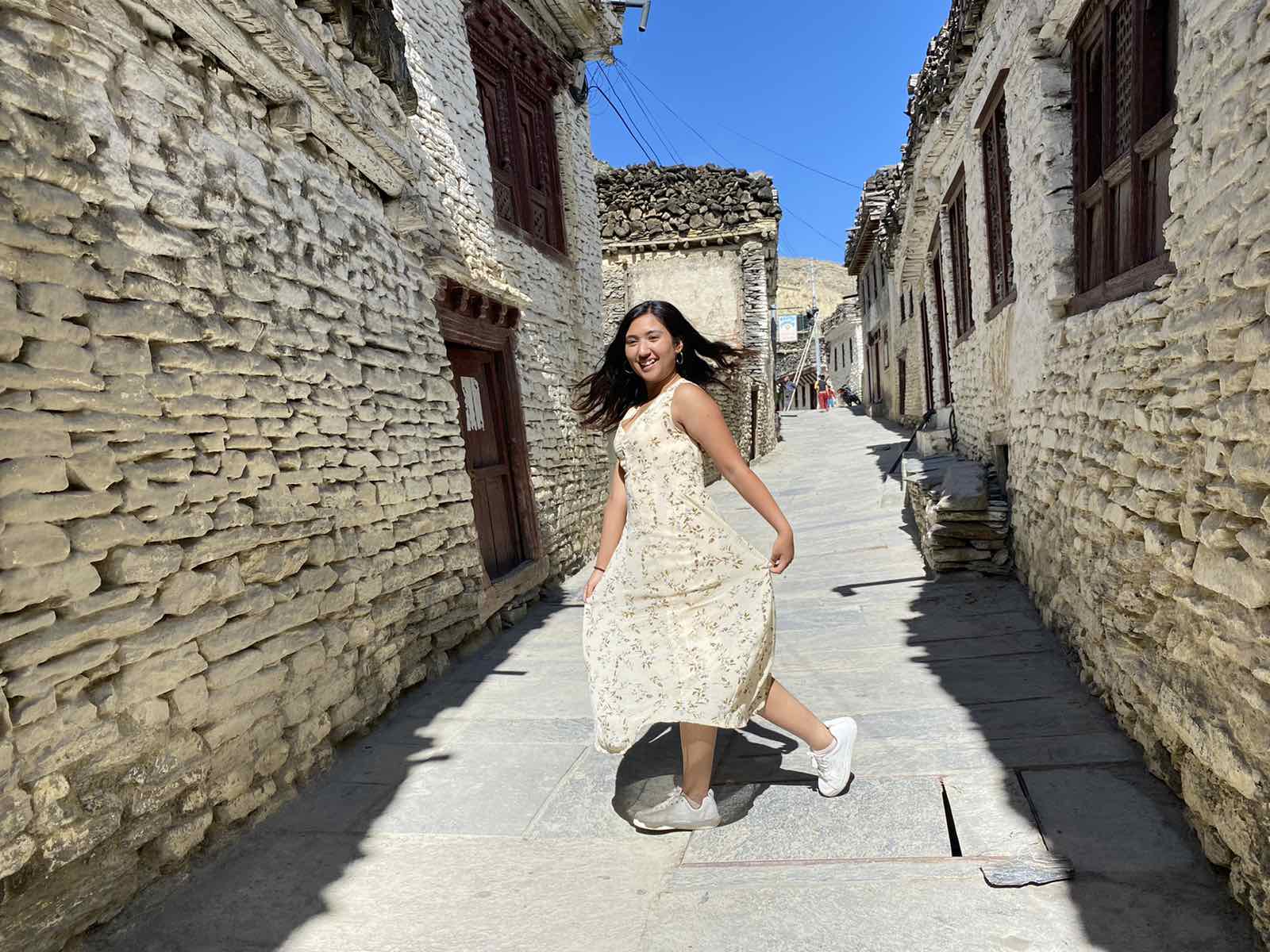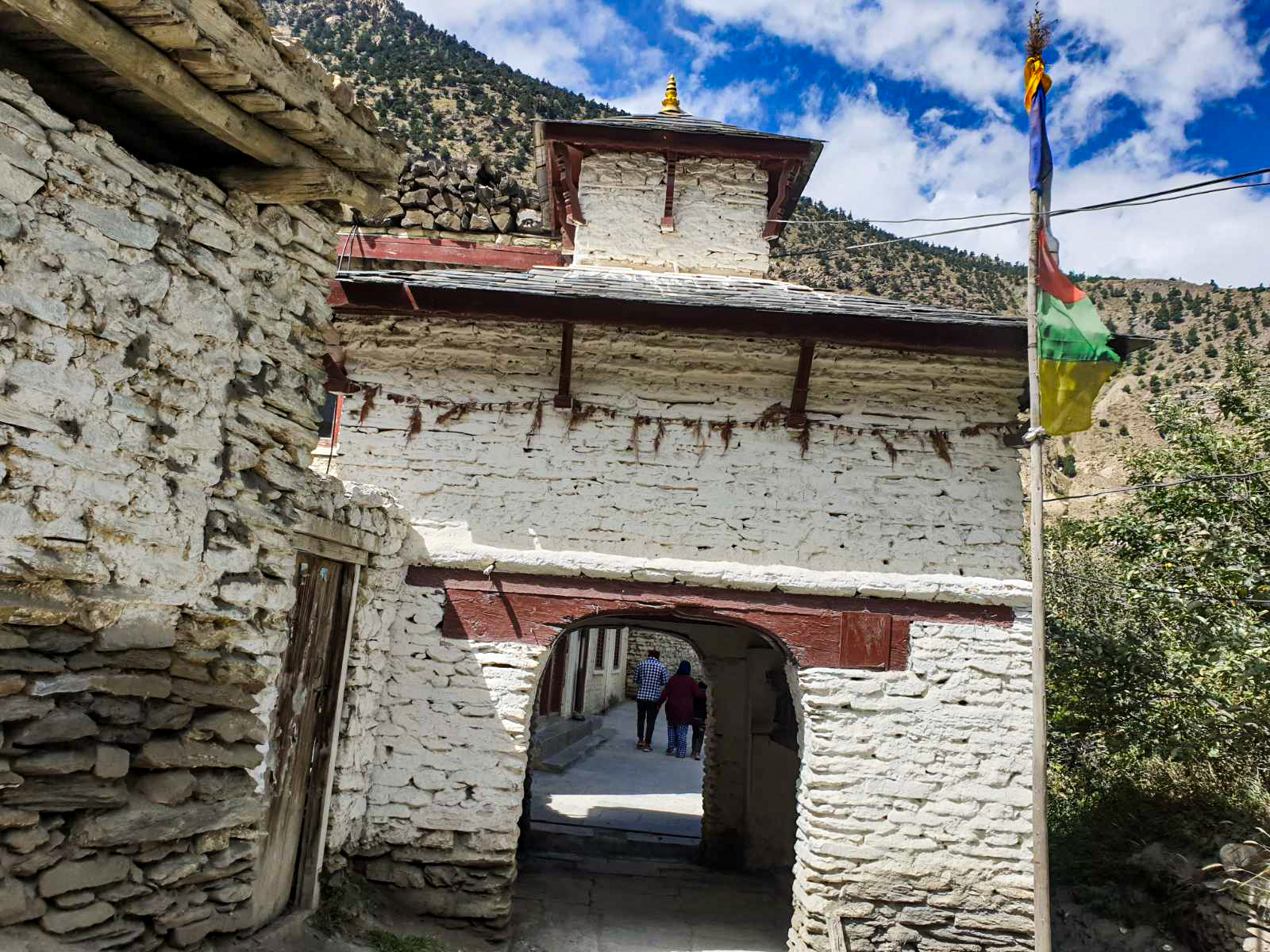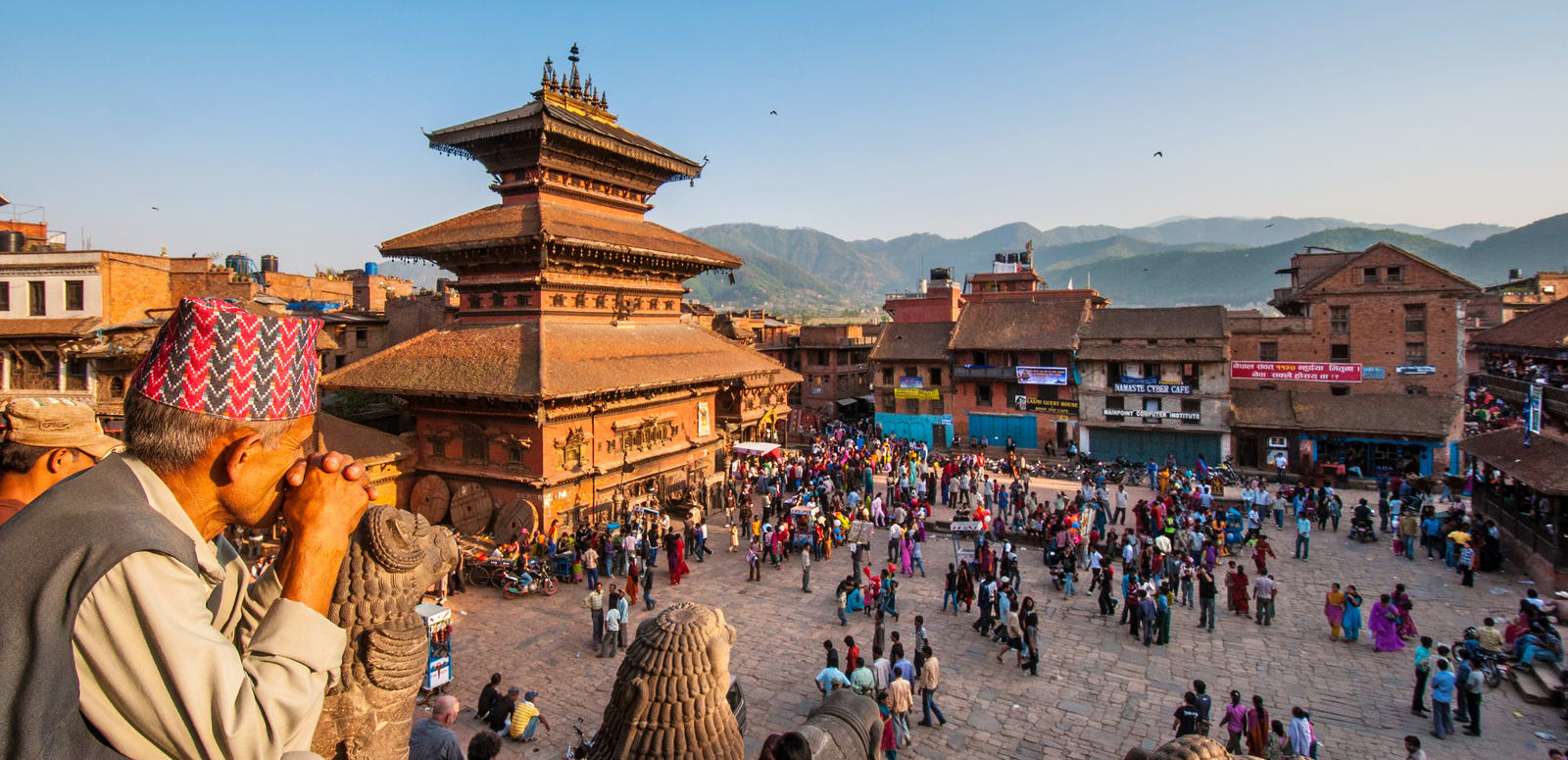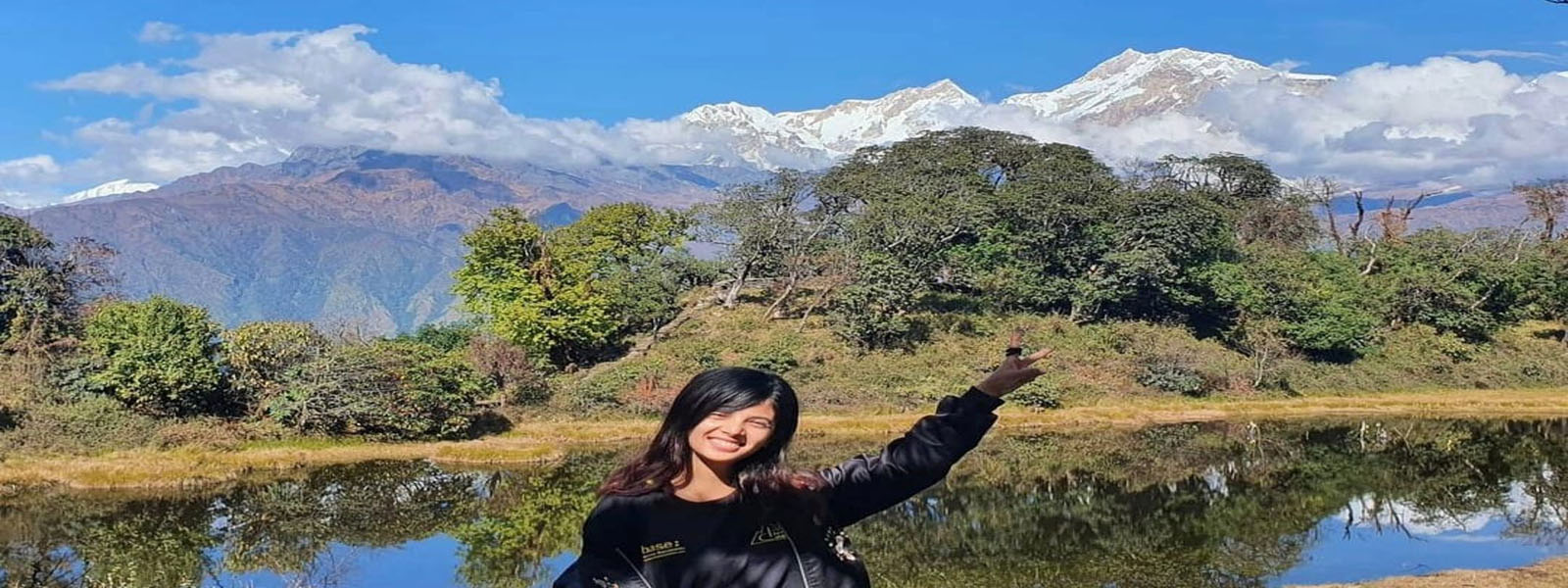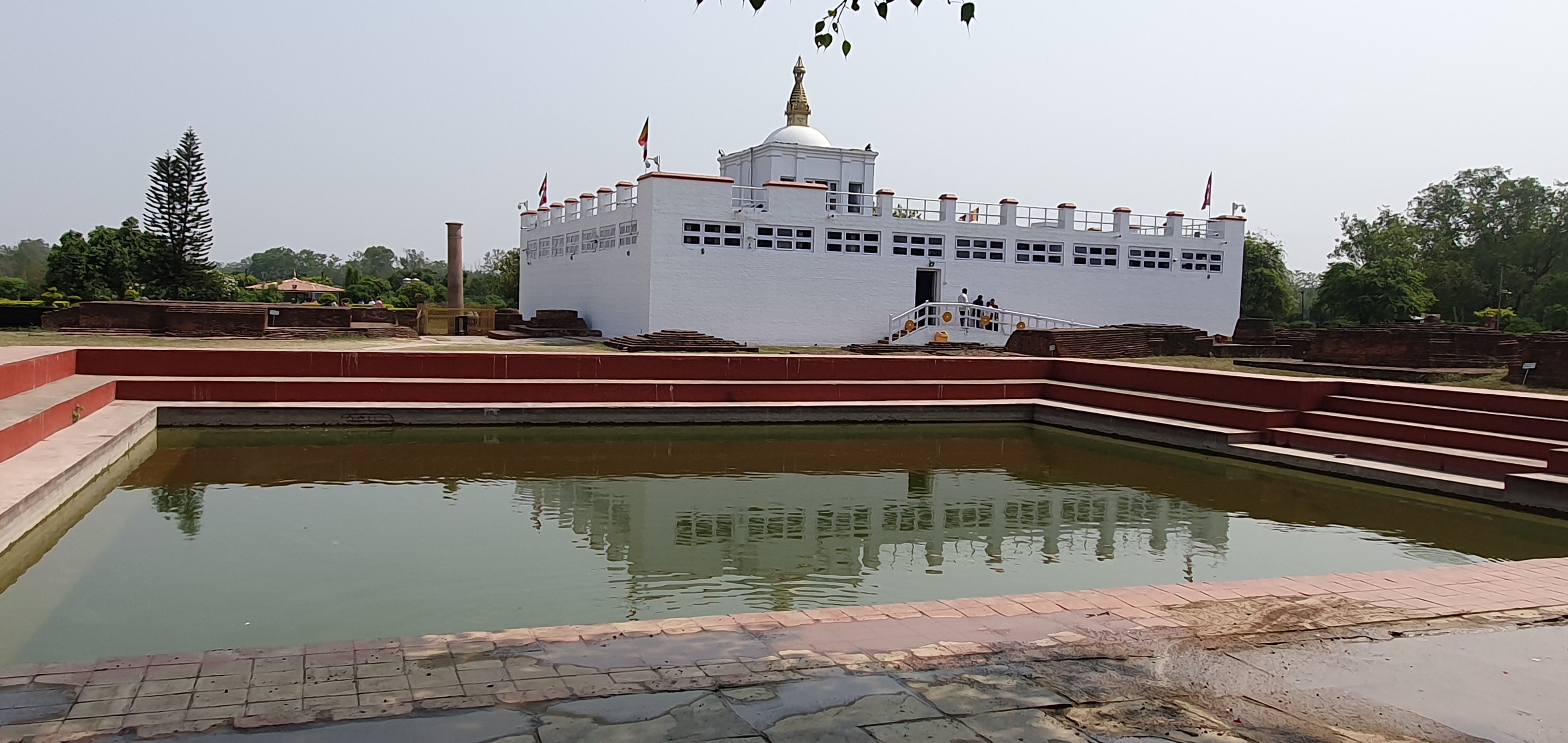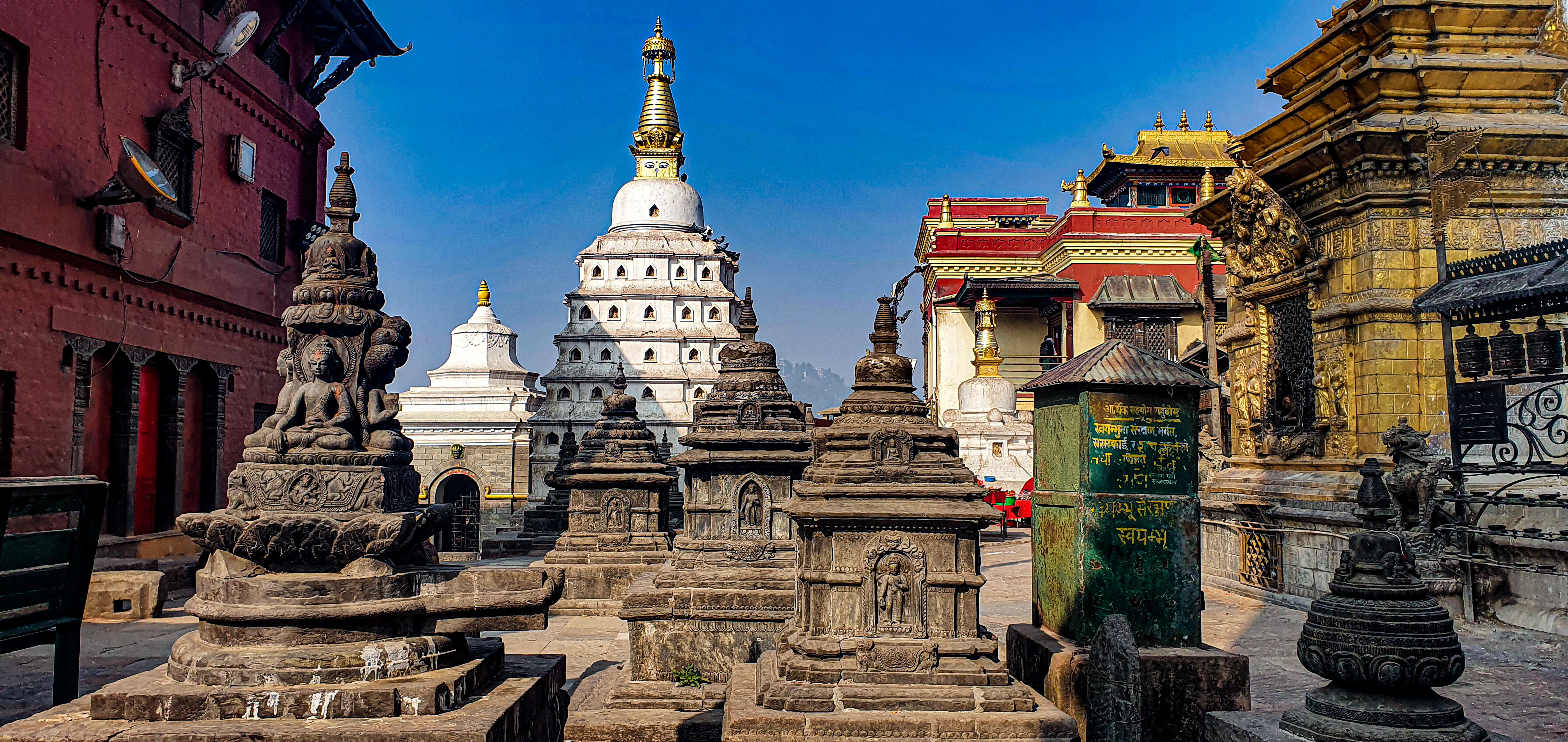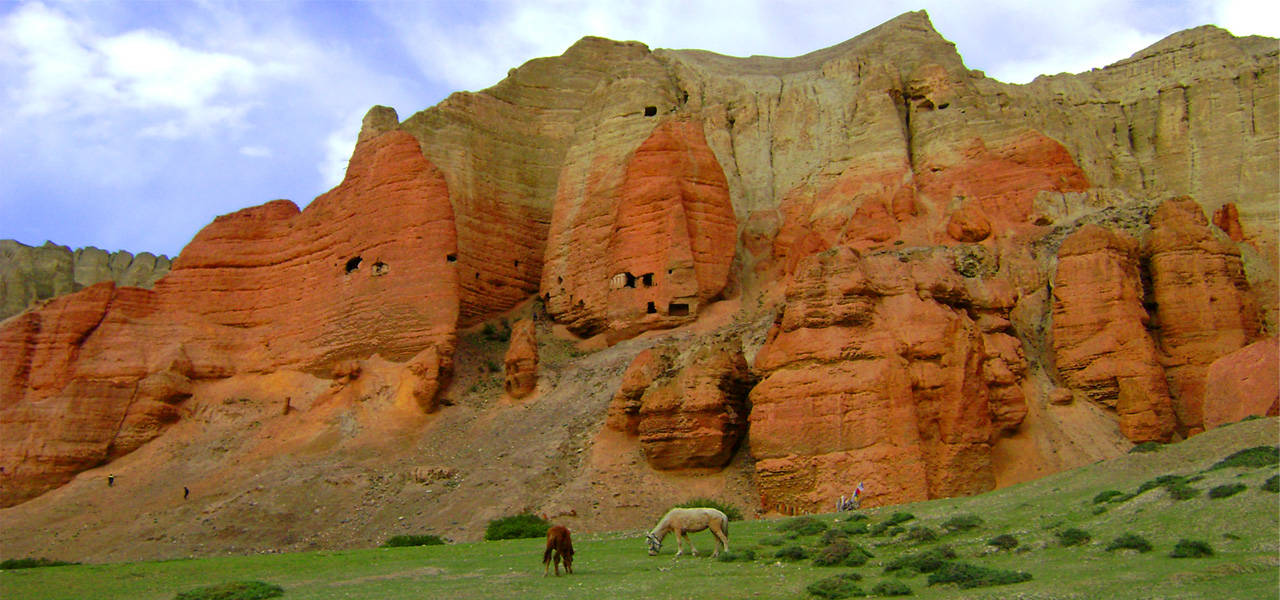Upper Mustang, lying in the Northern area of Mustang District is one of the most accepted travel destinations for the people from worldwide who would want to explore the ancient Monastery, diversified societies, more than thousand years of hundreds ruined cave and Himalayan Mountain desert with local ribs sphere of influence with Tibetan culture. Mustang, formerly known as the Kingdom of Lo is the rain shadowed area of Nepal. Mustangi Raja (state king of the Mustang) only one state king of Nepal, vestige on the river bank is one more charisma in the trek. Mustang region was also known as the ‘Forbidden Kingdom’ where the trekking started from 1992 only. The capital of Mustang Region is Lo Manthang. Mustang region is famous for its landscape and nature and is popular amongst the travelers as Upper Mustang is also called mini-Tibet of Nepal. We can explore the Tibetan Buddhist culture along with the thousands of years ancient monasteries, cave dwelling high up on the cliffs, traditional villages of Mustang’s people and the walled city of Lo Manthang with beautiful architecture and palace of King. Upper Mustang is enriching for Trans Himalayan climate and Lower Mustang is enrich in natural beauty, different culture and amazing landscapes.
Upper Mustang tour of Nepal is a 12 days Buddhist tour where travellers can explore the beauty of Mustang region as well as the Tibetan Buddhism culture. The tour begins from Kathmandu to Pokhara (city of mountains) with a flight of 25 minutes. After spending night in beautiful city of Nepal, Pokhara we fly to Jomsom in the early morning. It takes around 25 minutes to reach Jomsom via flight. It is one of the adventurous flights and if weather is clear then we can see beautiful range of Annapurna and Dhaulagiri during this flight. After reaching Jomsom, we explore around and drive to the Dhumba Lake of Jomsom. Then after we drive to Muktinath (holy sacred temple of Hindu) and pray there and visit Jharkot and return to Kagbeni. Jharkot is beautiful village with the ancient houses and monasteries. The next day we drive towards Geling via Chele. We visit the monastery and amazed by the landscape of Upper Mustang during the tour. The other day we drive to Lo Manthag from Geling. On the way we will explore around in Ghami village, Charang village and then Lo Manthang. Next day will be the day of exploration around Lo Manthang (Chhoser cave, wall city and so on). After exploring in Lo Manthang we will drive back through the same way to Ghami village and Jomsom and then return by flight to Pokhara & Kathmandu.
Upper Mustang tour is very admired destination by the travellers from worldwide and it is the great chance to explore the Buddhist culture in Nepal. The tour is suitable for all age group and also for the one who do not want to trek. There is full facility of road throughout the Mustang tour. On the way to Kagbeni, road from Tatopani to Ghasa village is quite challenging other than that rest of the road is fine Himalayan Road. In case the travelers want to trek in Mustang region of Nepal, they can check out the site
here.
HISTORY OF MUSTANG
Mustang Region was an ancient last forbidden kingdom bordered by Tibetan Plateau and surrounded by the world’s tallest Himalayas: Annapurna and Dhaulagiri. Trekking and travelling in Upper Mustang was restricted until 1992 because of its relative isolation from the other world. The Mustang region was independent Kingdom whose language and culture is influenced from Tibetan culture. Lo Manthang is a Tibetan word, where “Lo” means local people - Tibetans, “man” means heart and “thang” means land. The local people of Lo Manthang are called Lopa people who used to live in mud-brick homes like: Tibetan homes which are whitewashed outside and decorated inside. The first King of Mustang, King Amae Pal was from Tibetan who came to Mustang and built his dynasty in around 15th century. The walls of Lo Manthang were built in 1380 AD by the first king where the walled city stands for the cultural heritage and prosperity of Lo Manthang. The key attractions of Mustang region are the Thupcchen monastery, Chhoden monastery, Thupcheen monastery and Jhyampal monastery built in 15th century.
PERMITS REQUIRED FOR UPPER MUSTANG
Upper Mustang is restricted area of Nepal where travelers can travel or trek in Mustang Region (from Kagbeni - Kagbeni) after they issue Special Restricted Area Permit as directed by Government of Nepal (GON) issued by Department of Immigration. Also, it is not possible to issue the permit for solo travelers, there shall be at least 2 people to issue the restricted area permit. It costs USD 500 per person per 10 days to issue the Special Restricted Area Permit. It takes a whole working day to issue this special permit and passport must be presented while making this permit in Immigration. With that travelers also need Annapurna Conservation Area Permit (ACAP) which costs NPR. 3,000 (USD 30) per person. The travelers cannot enter the restricted Area of Mustang without the permit as well as trekking guide given licensed by GON. For this, travelers must go through the travel company registered in Nepal to conduct trekking and travels in Nepal.
Note: At least 2 person are required to issue Special Restricted Area Permit.
BEST SEASON FOR UPPER MUSTANG TOUR
Upper Mustang – the Buddhist Kingdom Mustang, Nepal is the best destination in the whole world which is enrich in Tibetan Buddhist culture and history. The Mustang region lying in the rain shadowed of the Himalayan region is the mysterious home of desert beauty and cliff-faced landscapes. Upper Mustang is suitable for trekking and tour the whole season (12 months).
Spring season (March – April), the weather is perfect to travel Upper Mustang in spring. The weather is mild as well as we can see beautiful habitants during Spring. The temperature varies from 13 degree to 22 degree Celsius in Spring during day and might drop down to minus in nigh time.
Summer Season (May – June), the weather is hot during summer season and it is possible to travel in summer season as well. Normally, there are chances of rain in month of June, as Mustang is rain shaded area there is high chances of no rain which makes it feasible to travel in summer. Likewise in Spring, temperature varies from 13 degree to 22 degree Celsius in Spring during day and might drop down to minus in nigh time. May is the best season to travel in Mustang region as the famous celebrated festive of Mustang people, “Tiji” falls in May season. Anyone who wants to celebrate as well as observe the Tiji festival can visit Mustang in month of May. It is suggested to book the trip earlier to get the rooms in lodges and hotels of Mustang.
Monsoon season (July – August), we can observe rain in the different regions of Nepal, however there is less chance of rain in Mustang Region. However, there might be less chance of flight from Jomsom – Pokhara – Jomsom during rainy season. But it will be possible to travel through jeep from Pokhara and throughout the trek in monsoon season as well. The temperature can range from 20 to 20 degree Celsius during day and 0 to -3 degree Celsius at the night time.
Autumn Season (September – November), this season is perfect for travelling in Nepal. We can also see many travellers in Mustang region during autumn season. Autumn being the peak season, the weather will be perfect also we can see beautiful views of mountains during Autumn season. However, there may be crowd of foreign as well as domestic tourists in Autumn. The temperature can range from 11 to 20 degree Celsius during day and -2 to -7 degree Celsius at the night time.
Winter Season (November – December), this season is cold and we can see snow while we are travelling. Also, there are chances of no flight from (Jomsom – Pokhara – Jomsom) in winter. But it is always possible to travel via road in winter. The only problem could be cold otherwise it is possible to trek and tour in winter season as well. The temperature can range around 0 degree Celsius during day and -20 to -25 degree Celsius at the night time.
UPPER MUSTANG TOUR HIGHLIGHTS
- Chance to visit one of the hidden treasure of Nepal, Upper Mustang
- Chance to explore around the city of mountains and lakes, Pokhara city
- Chance to visit mini-Tibet of Nepal, Mustang Region
- Dhumba lake and Headquarter of Mustang, Jomsom
- Beautiful and ancient village of Kagbeni along with the ancient red monastery
- Chance to visit the holy and sacred temple of Hindu, Muktinath
- Chance to take bath in 108 taps of Muktinath where it is belived that person will be relieved form the bad deeds and get salvation (Mukti) after dipping in the pond of Muktinath
- The deepest Gorge of the world, Kaligandaki River Gorge
- The 4000 years old ancient monastery of Charang village
- Explore the mysterious landscapes of Upper Mustang
- Visit the Kingdom of Lo and city of walls, Lomanthang
- Chhoser cave of Chhoser, Lomanthang
- Luri Monastery filled with the artifacts, chortens and Buddhist Frescos
NOTE: Inquire us for the booking or customized booking of Nepal Buddhist tour and get the chance to explore the Buddhist culture along with the scenic tour to Nepal.
 English
English  español
español

